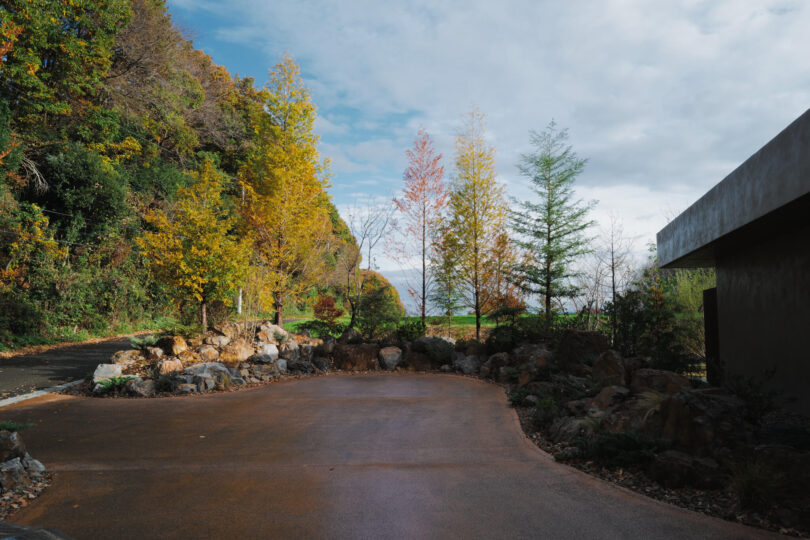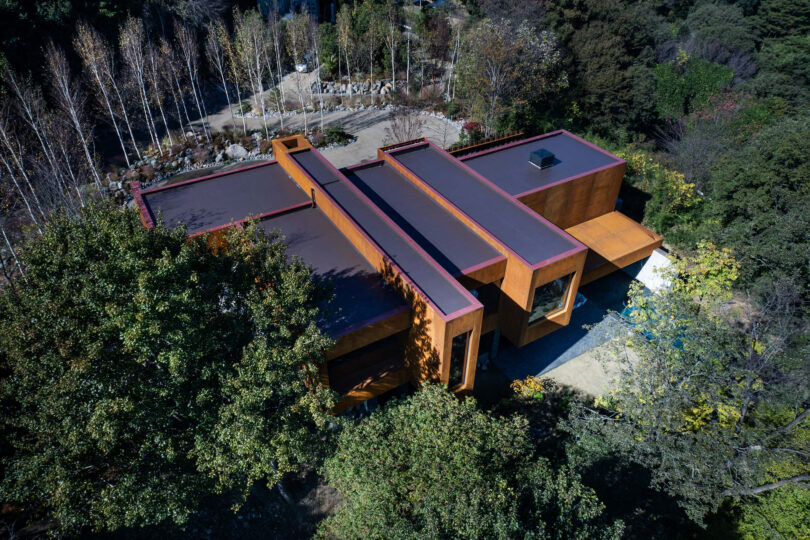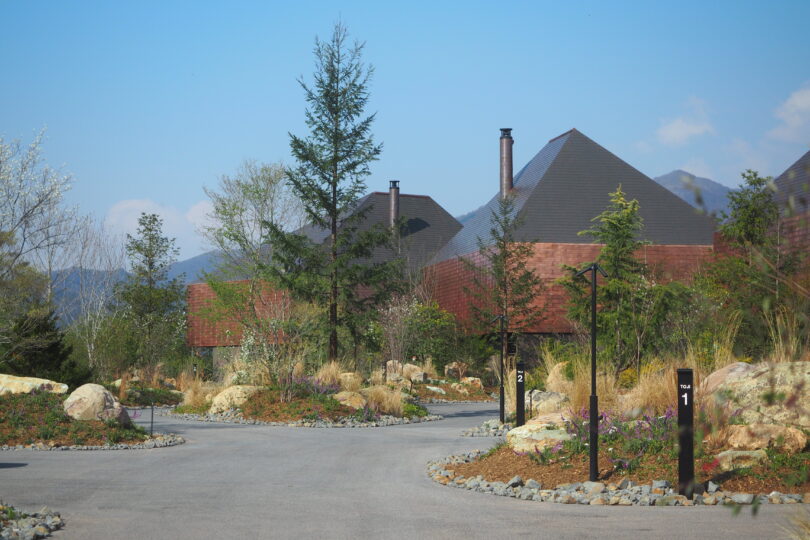Dialogue Theater 大阪関西万博
Dialogue Theater
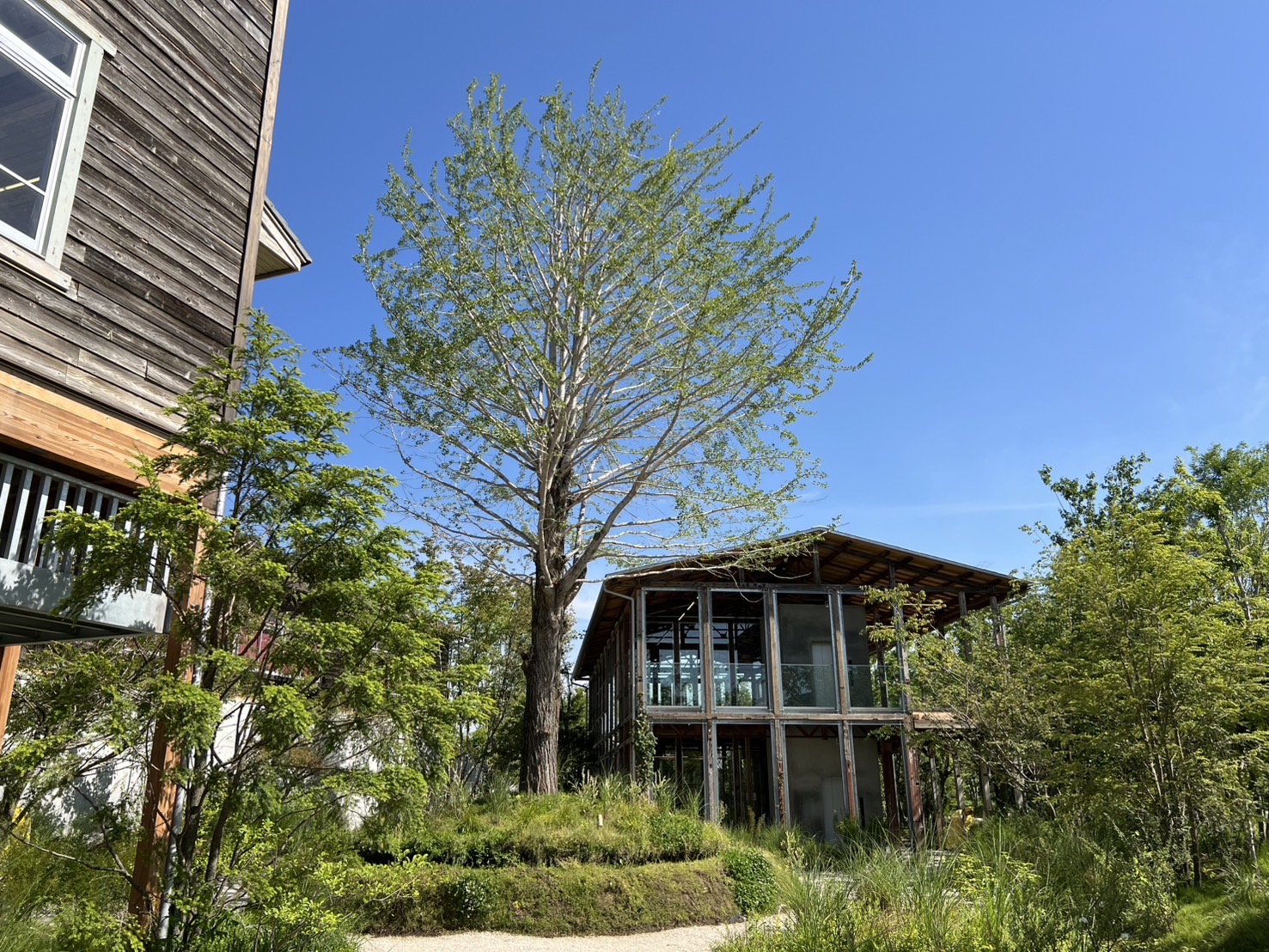
「記憶の庭」と名付けた緑あふれる空間は、風にゆられる植物たちに癒される「いのちの草原」、木々の隙間からのやさしい光に包まれる「いのちの木立」、静かに水が湧き出しイチョウの苗木が育つ「いのちの泉」の3つのエリアで構成されている。奈良や京都に自生する植物、廃校舎の壁に茂っていたツタ、伐採されるはずだった校舎脇のイチョウの木などを大切に養生して移植している。
The green-filled space, named “The Garden of Memory,” is composed of three distinct areas:
“The Meadow of Life,” where grasses sway gently in the breeze;
“The Grove of Life,” bathed in soft light filtering through the trees;
and “The Spring of Life,” where water quietly wells up and young ginkgo trees take root.
The garden lovingly incorporates plants native to Nara and Kyoto, ivy that once climbed the walls of a now-closed school, and even a ginkgo tree that stood beside the old school building—rescued and transplanted with care.
Credit
-
DirectionTAICHI SAITO
-
DesignTAICHI SAITO
-
ConstructionSOLSO
-
MaintenanceKEEPGREEN
-
Architect株式会社SUO 一級建築士事務所
SUO

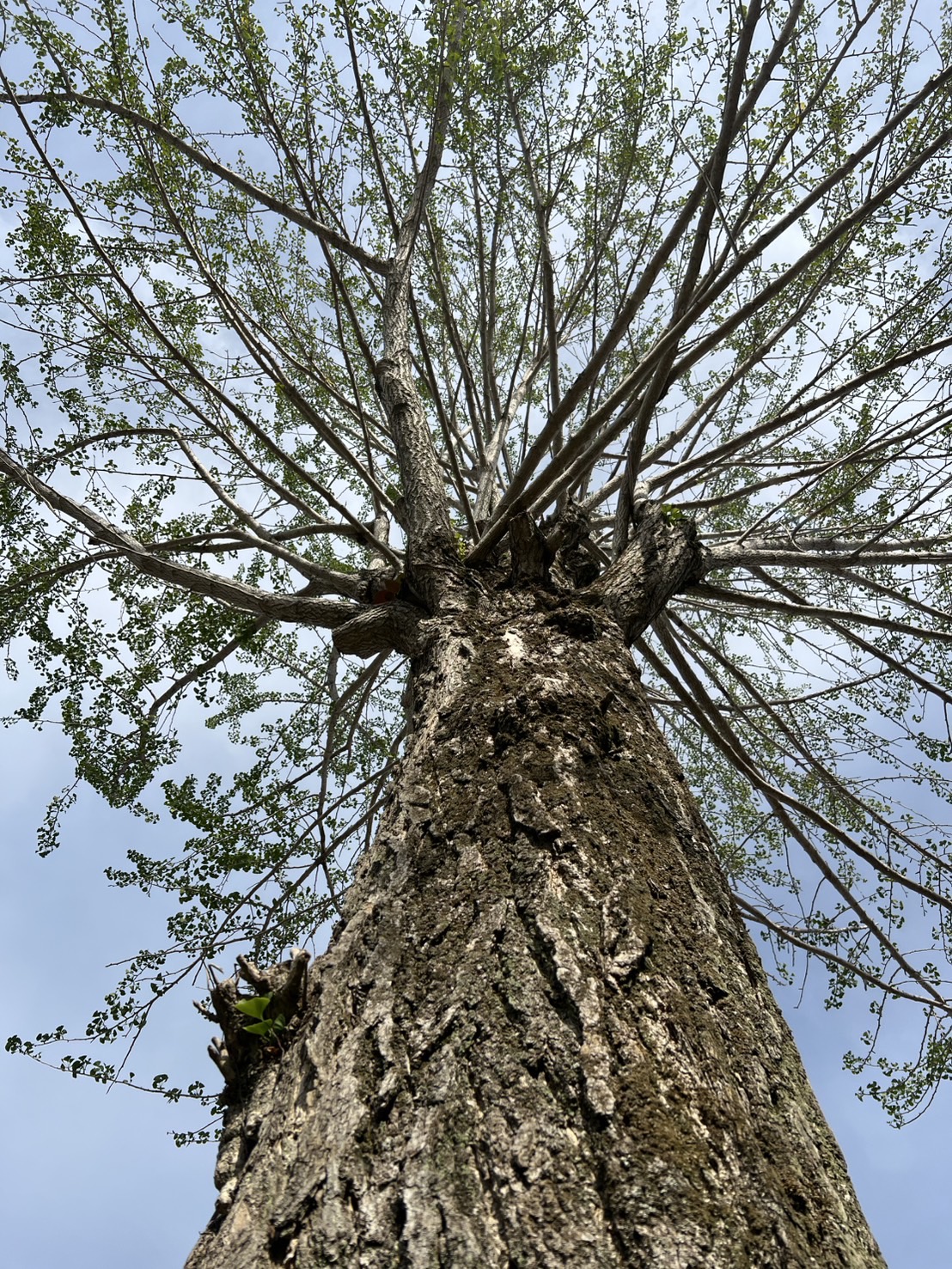
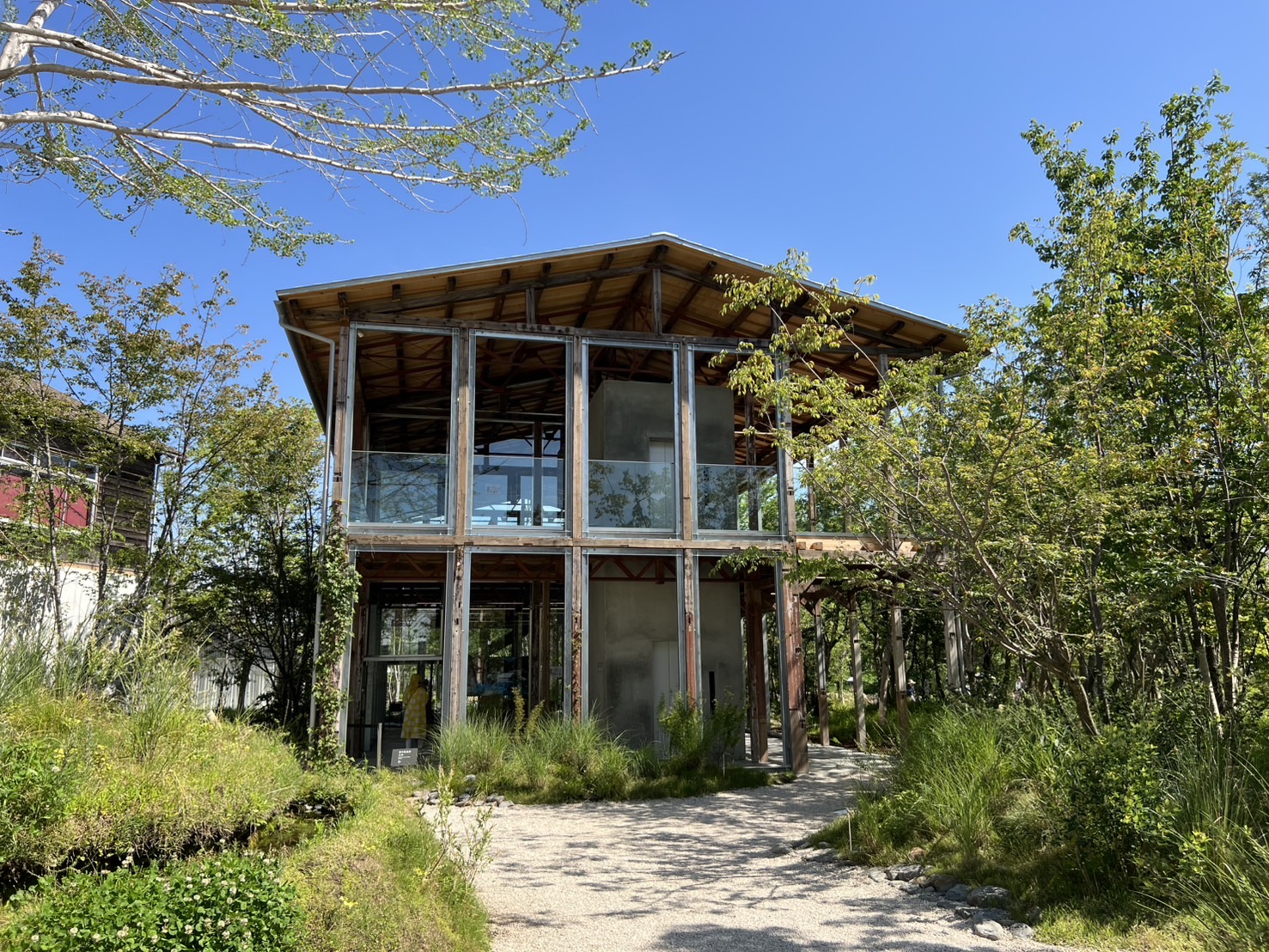
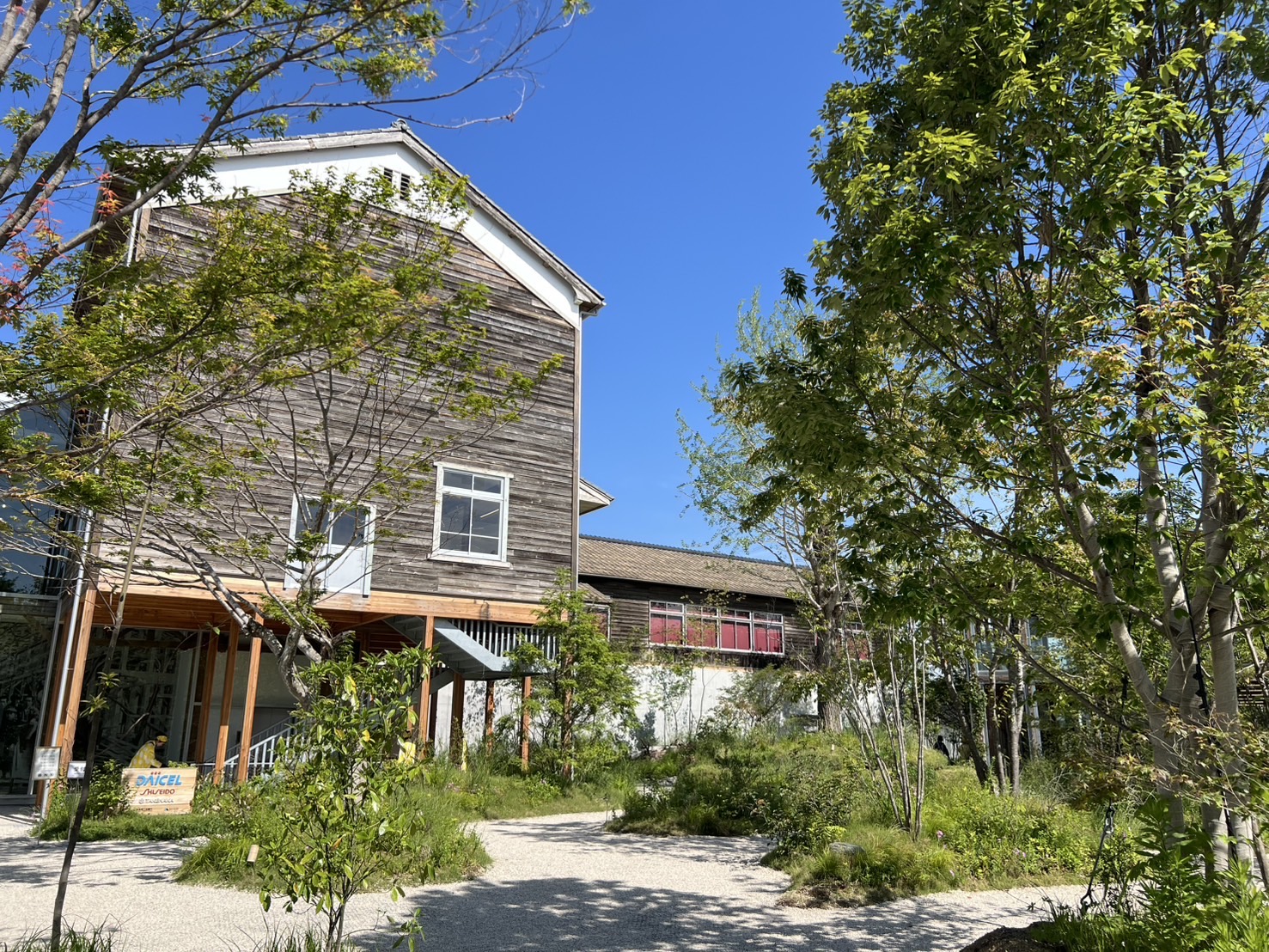 [川の流れに見立てた園路]
人々が歩く道は、十津川村の川の流れに見立てた枯山水で表現。特殊な床材下地を採用することで車椅子やベビーカー、杖をついた方でも利用可能なユニバーサルデザインになっている。
[Pathway Inspired by the Flow of a River]
[川の流れに見立てた園路]
人々が歩く道は、十津川村の川の流れに見立てた枯山水で表現。特殊な床材下地を採用することで車椅子やベビーカー、杖をついた方でも利用可能なユニバーサルデザインになっている。
[Pathway Inspired by the Flow of a River]The pathway, designed in the style of karesansui (dry landscape), evokes the flowing rivers of Totsukawa Village.
Beneath the surface, a specially engineered base material ensures accessibility for wheelchairs, strollers, and those using walking aids—realizing a universally inclusive design.

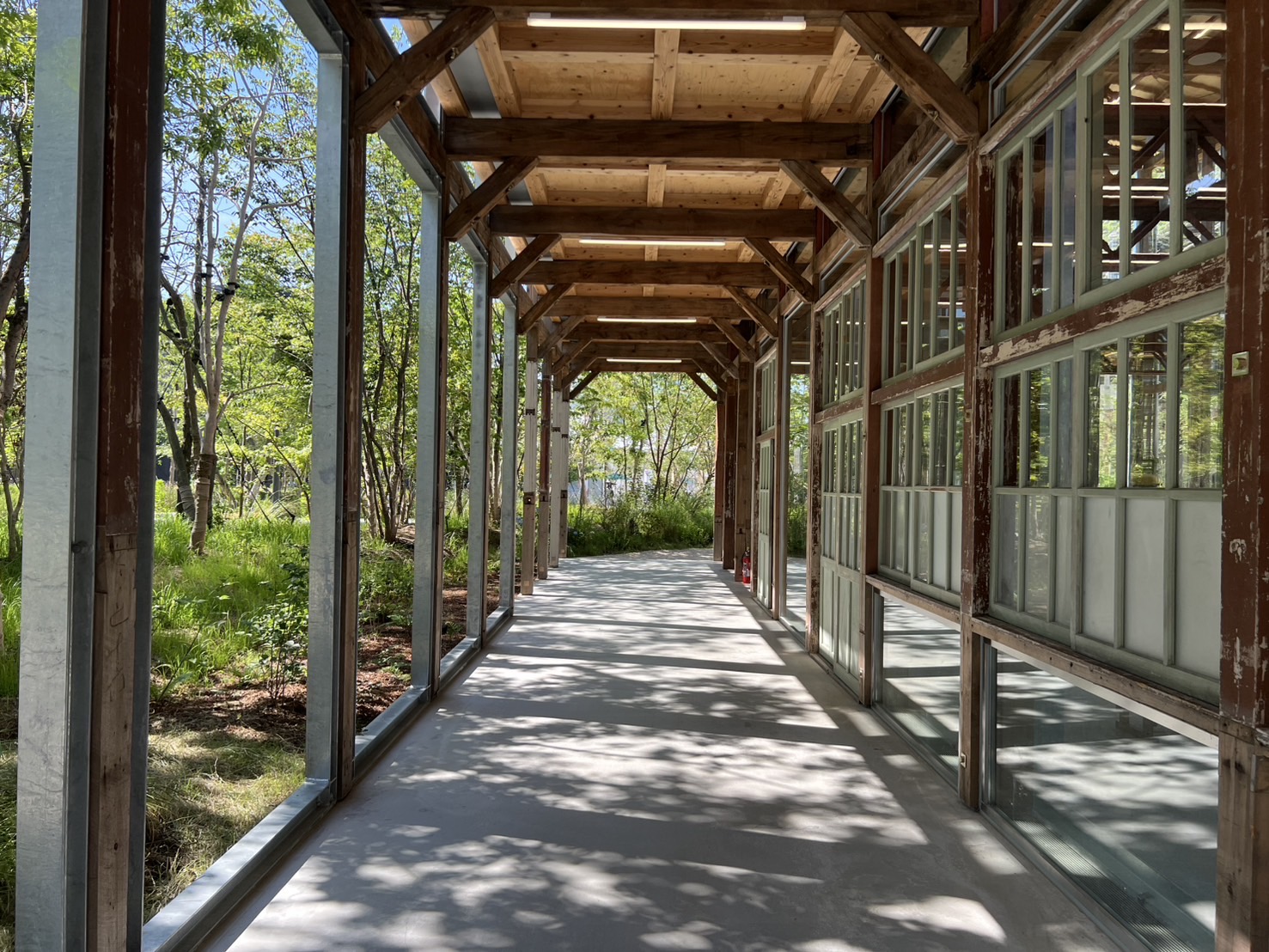
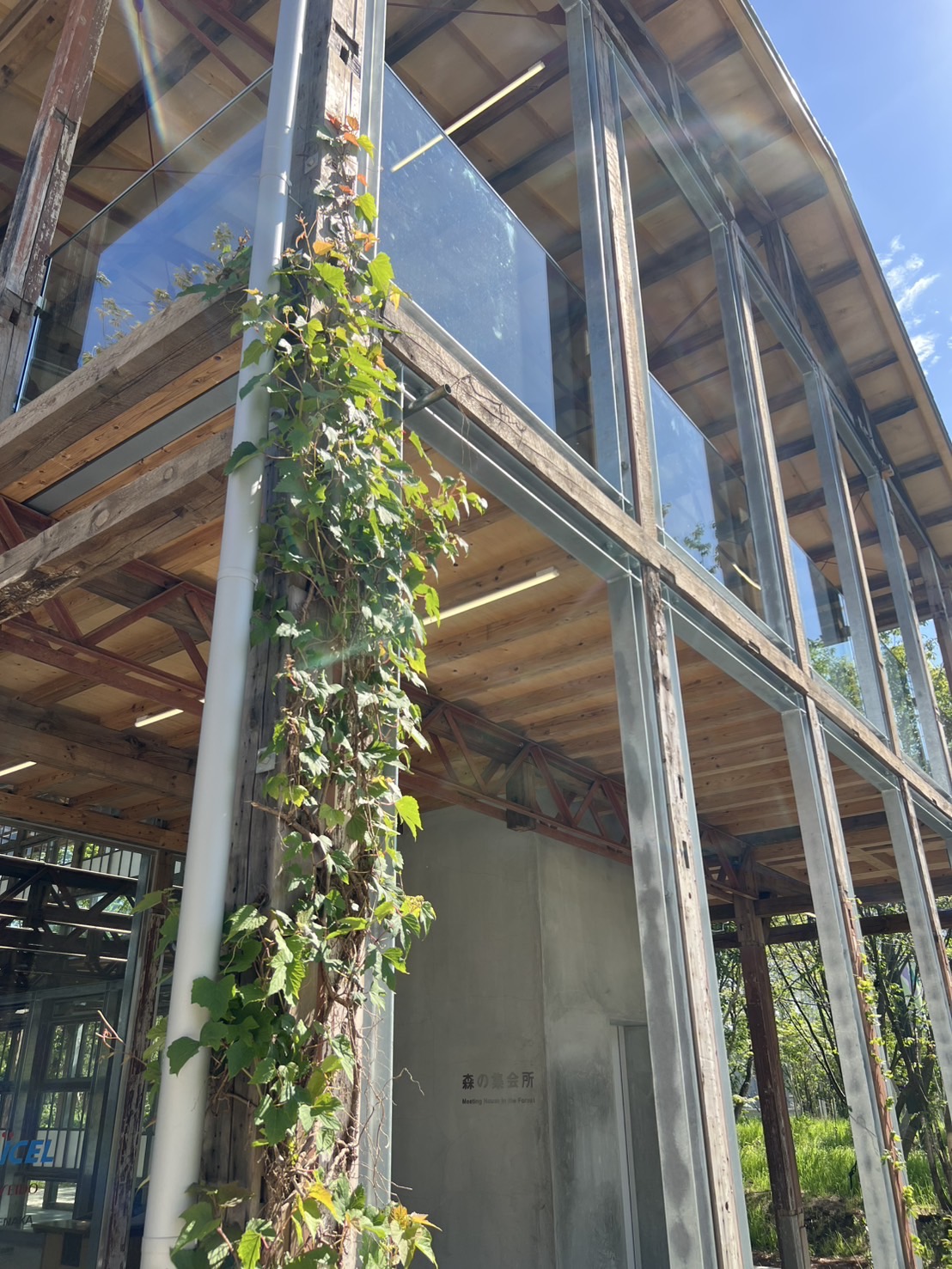
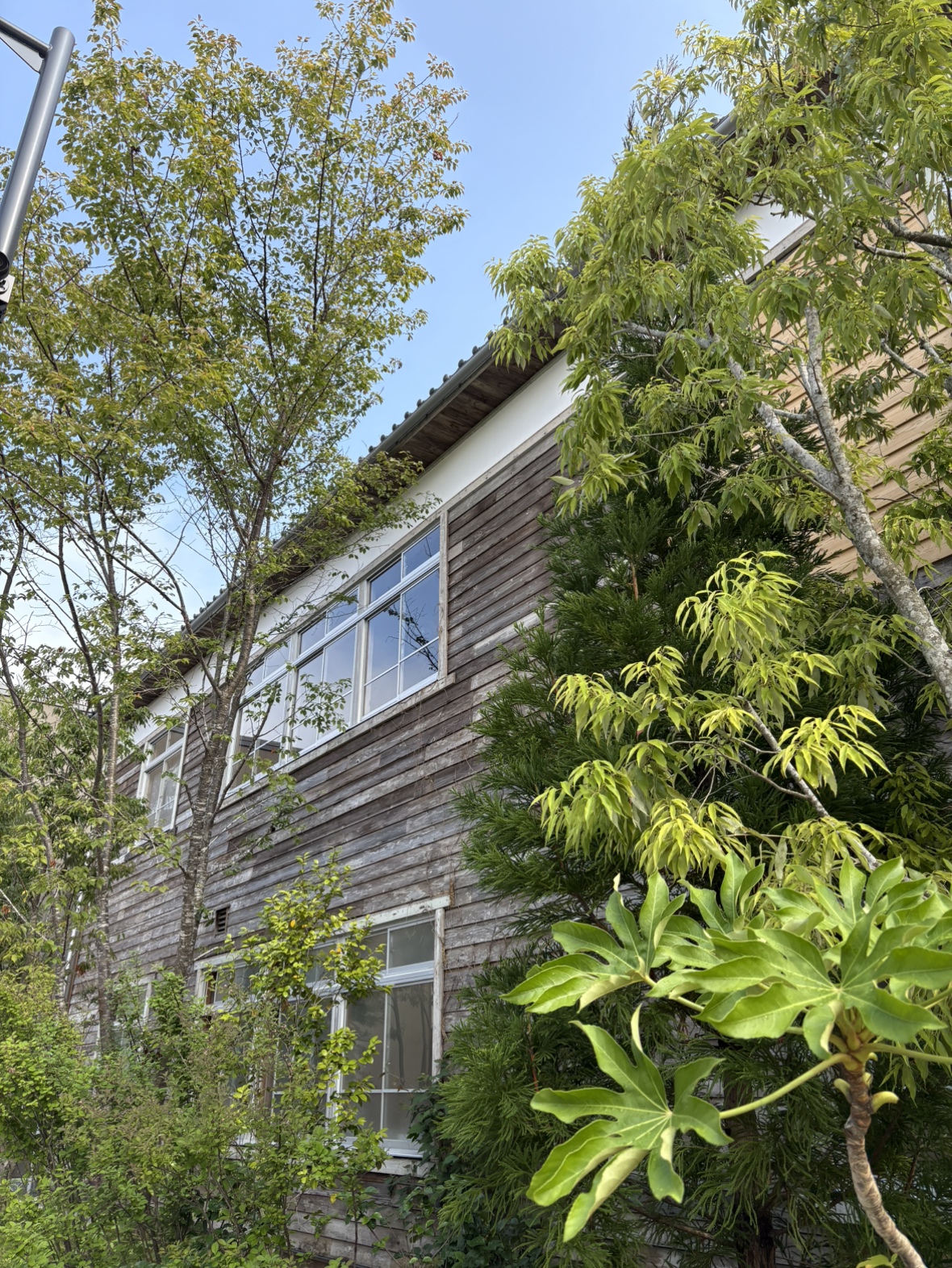
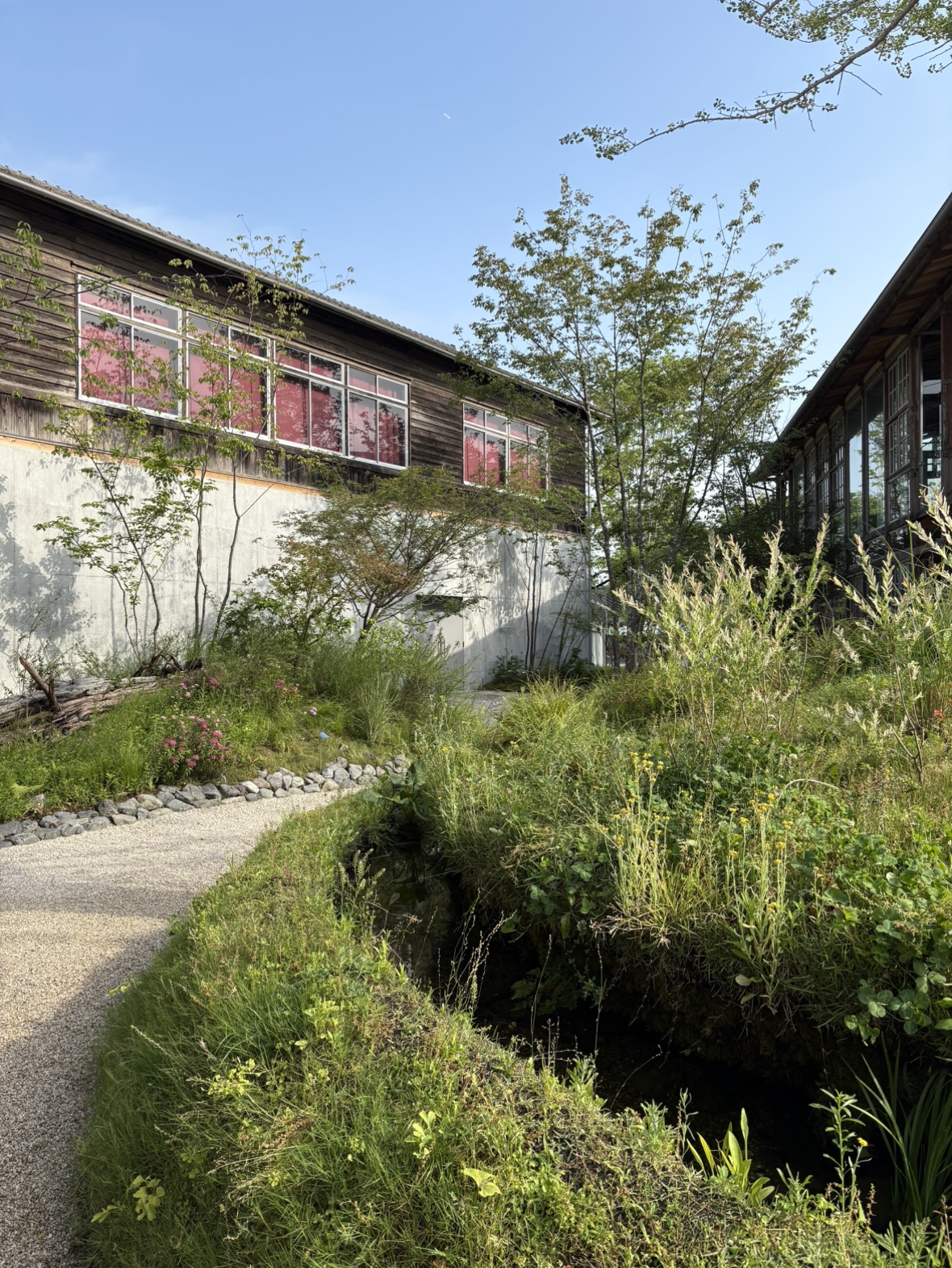
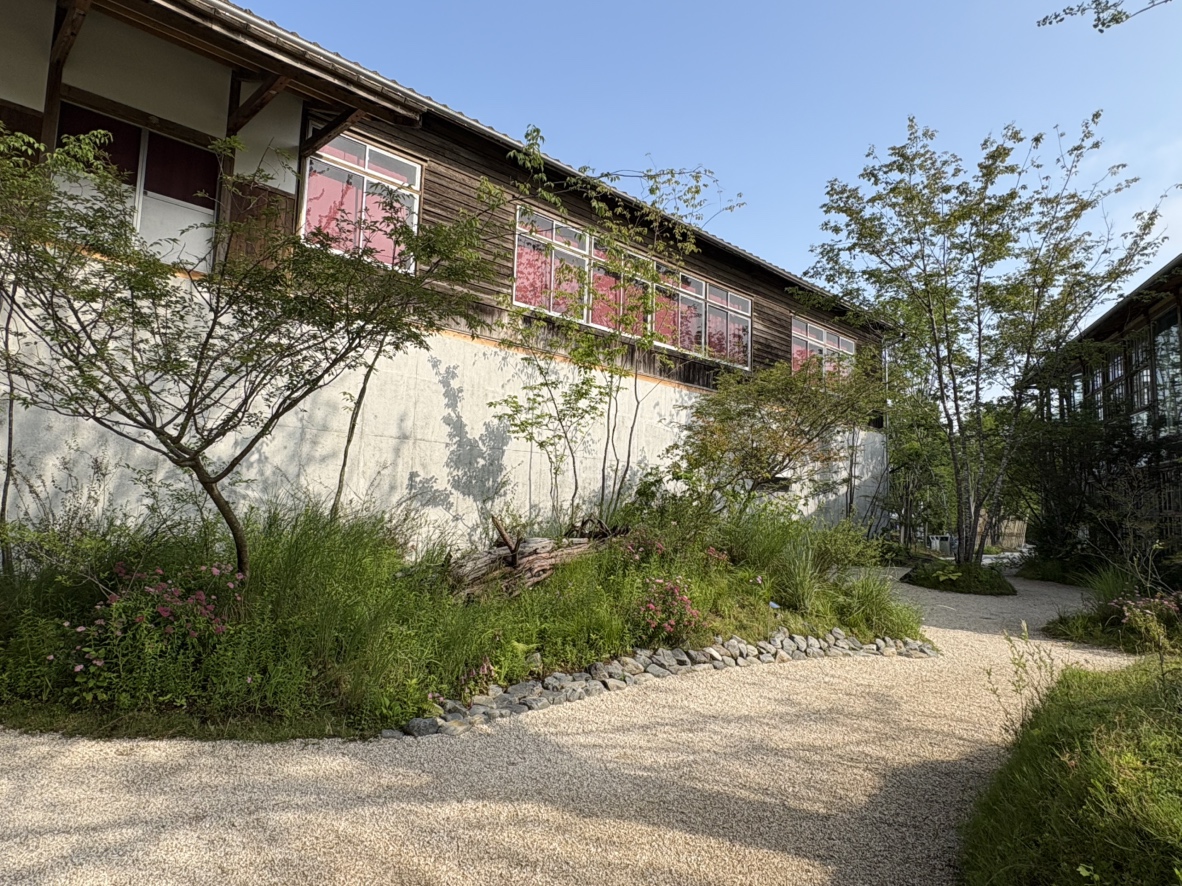
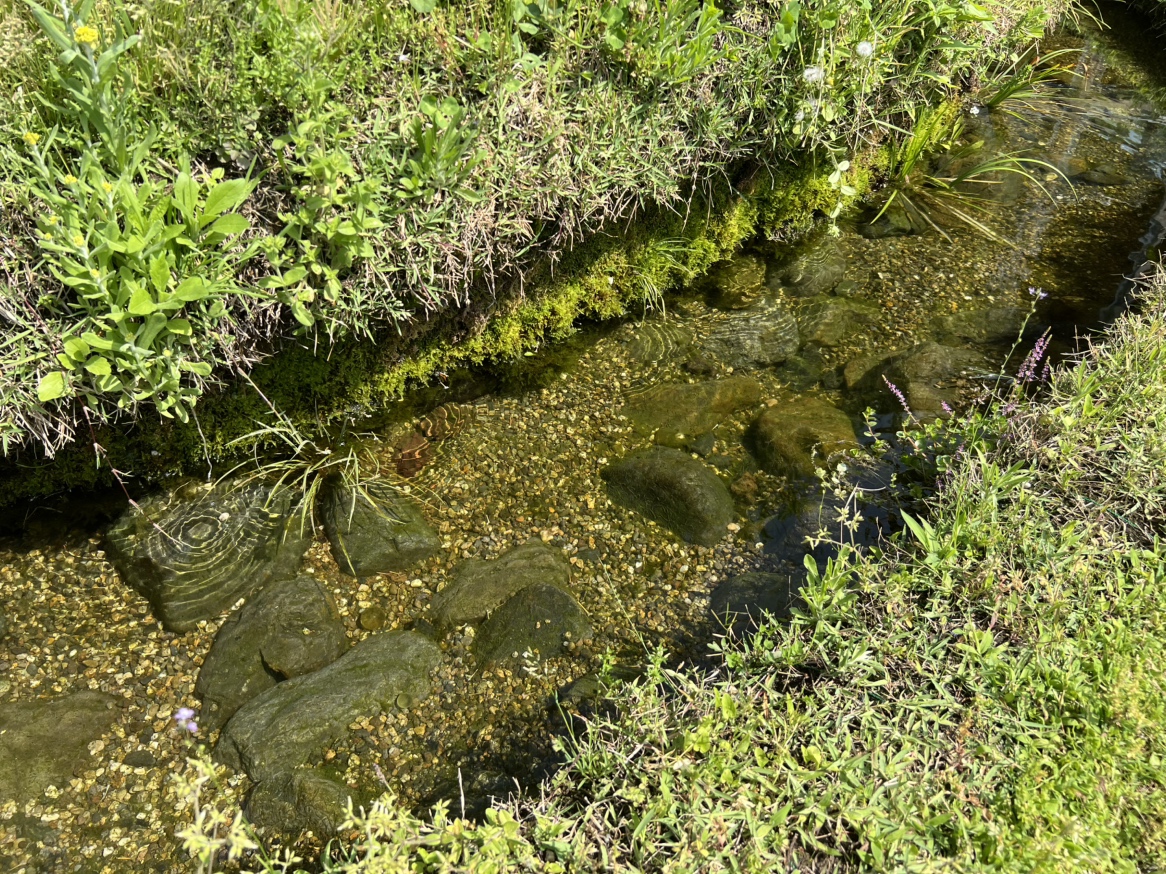 [いのちの泉]
田んぼの土手をイメージした盛土と水路がイチョウを囲む。清らかな泉には水生植物が育ち、里山の風景を再現した。丘の端部から水面にポタポタと静かに滴る湧き水のような給水方法で命の循環を表現している。
[The Spring of Life]
[いのちの泉]
田んぼの土手をイメージした盛土と水路がイチョウを囲む。清らかな泉には水生植物が育ち、里山の風景を再現した。丘の端部から水面にポタポタと静かに滴る湧き水のような給水方法で命の循環を表現している。
[The Spring of Life]An embankment and water channel, inspired by the edges of rice paddies, gently encircle the ginkgo trees.
Aquatic plants thrive in the clear spring water, evoking the nostalgic landscape of satoyama countryside.
Water trickles quietly from the edge of the hill into the pond below, mimicking natural spring water and symbolizing the gentle cycle of life.

